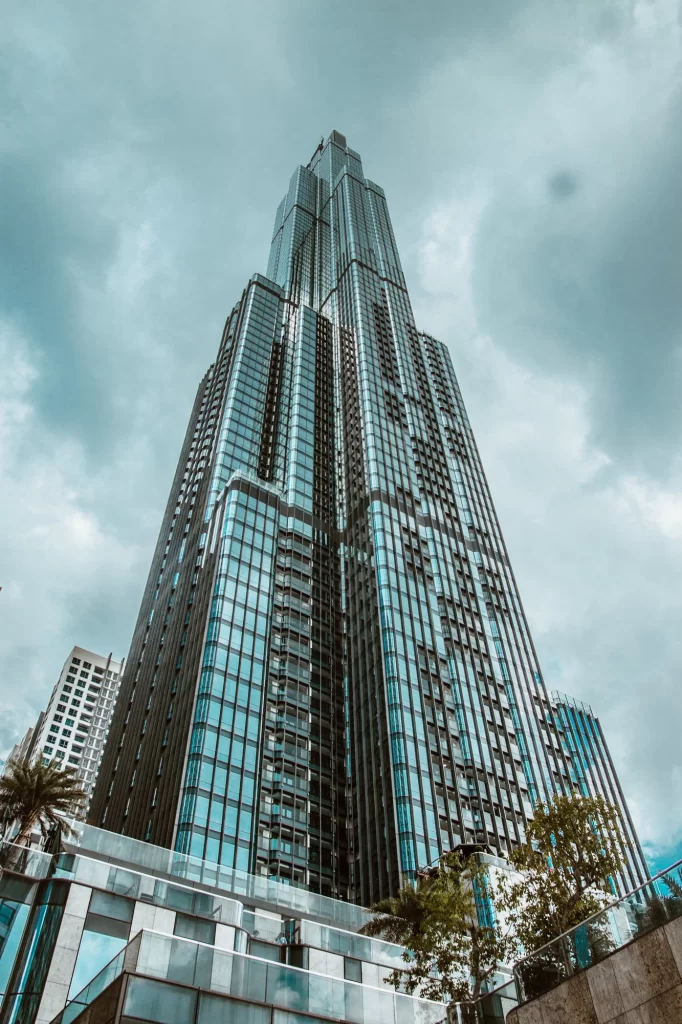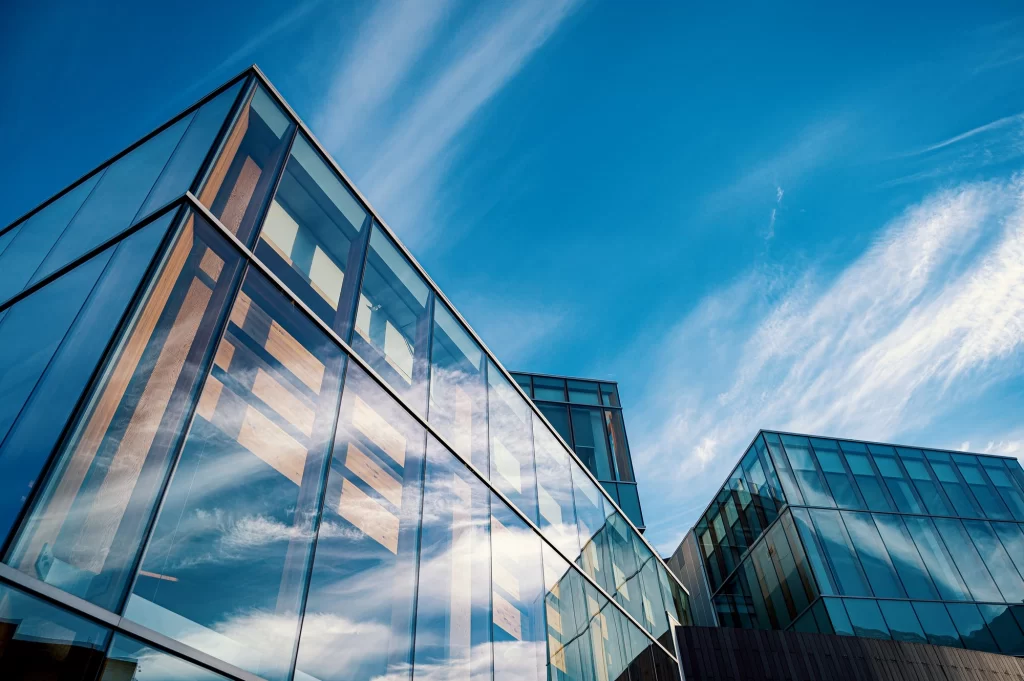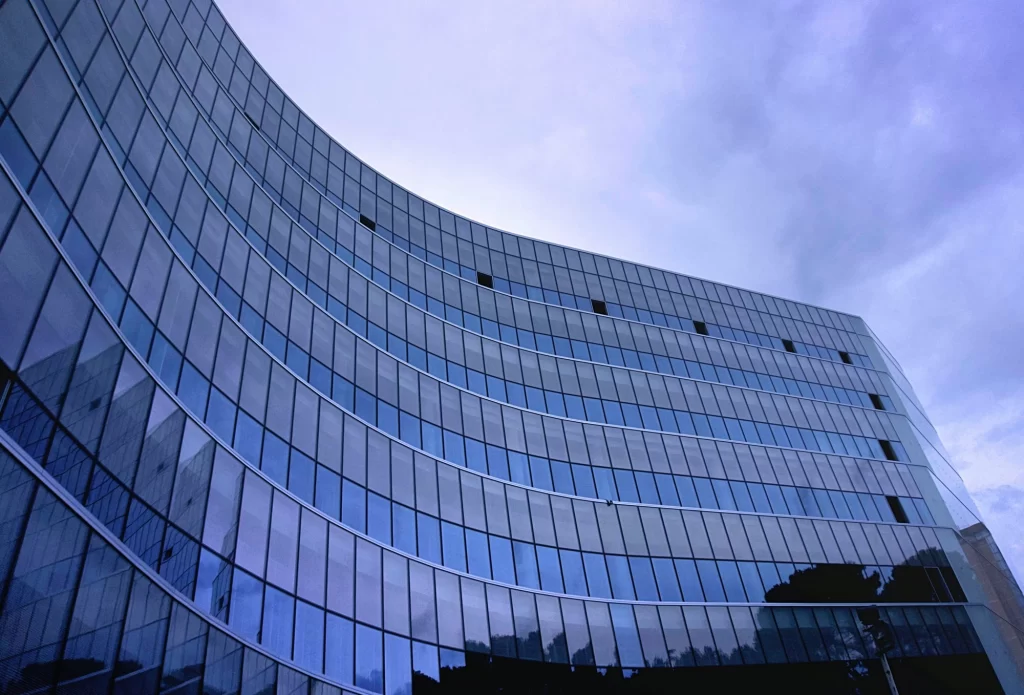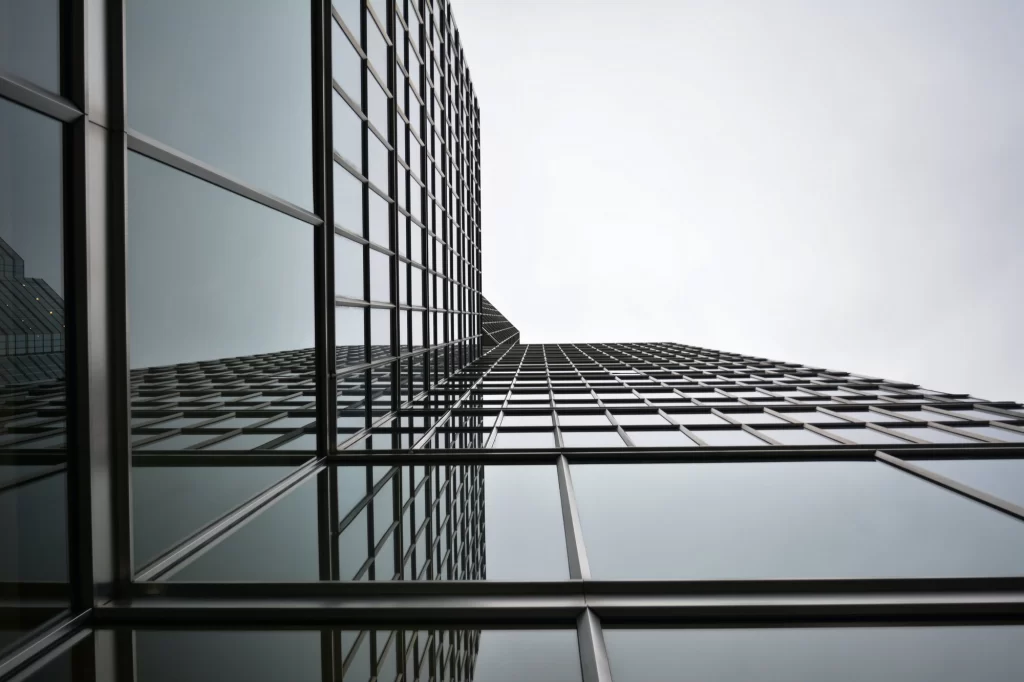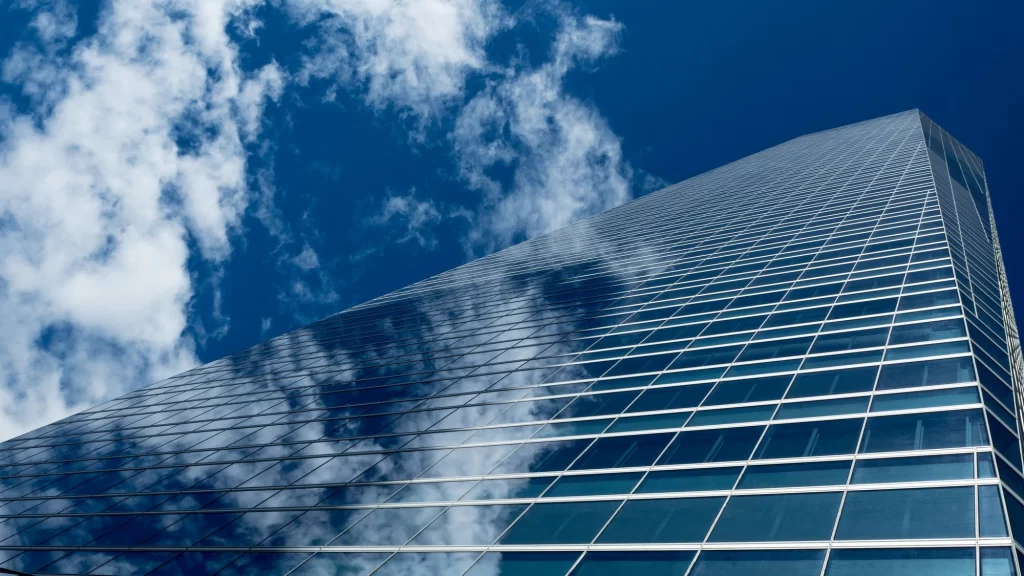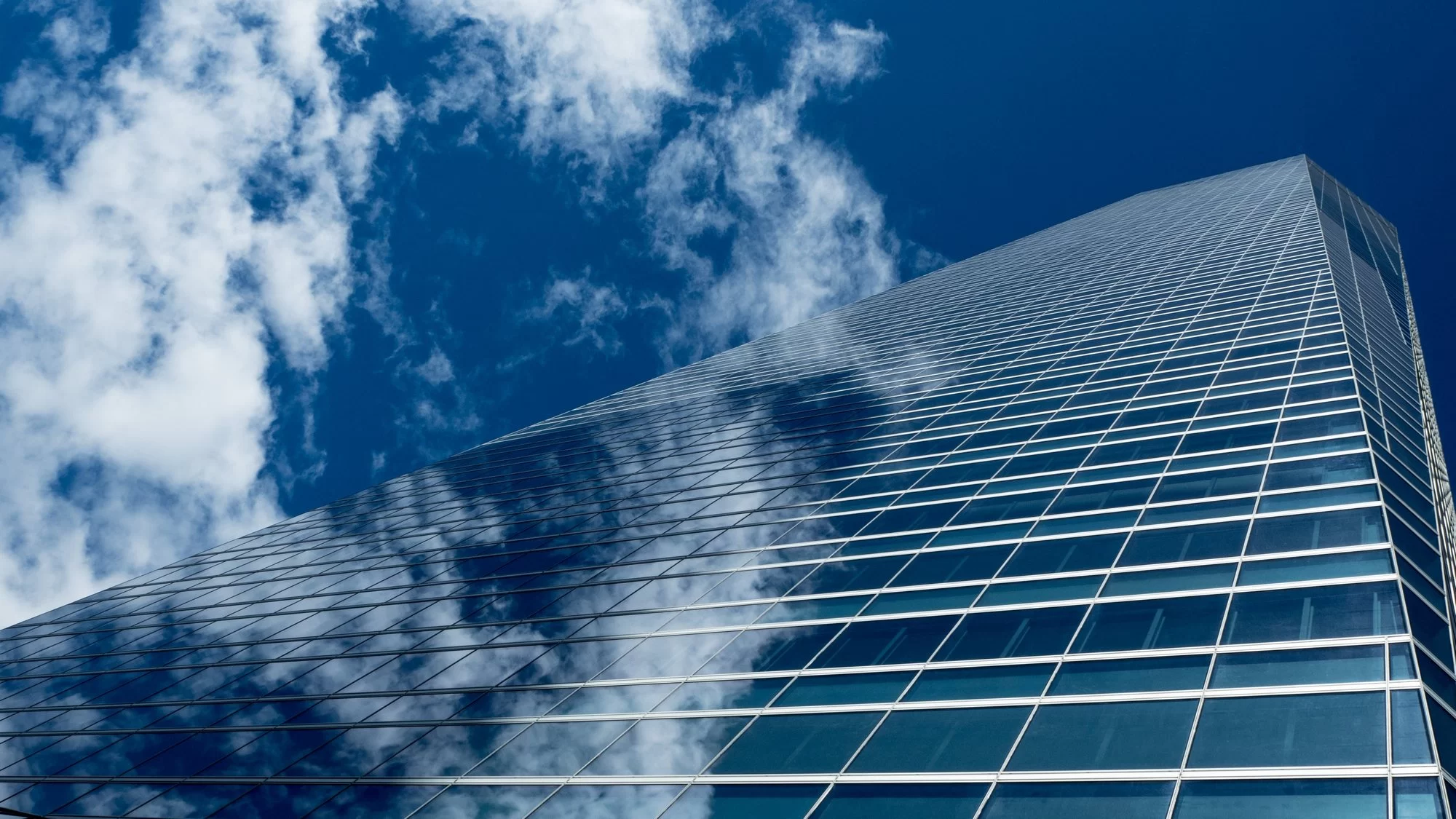Glass is a versatile material that has been used in architecture and construction (AEC) for centuries. In recent years, the use of glass in the AEC industry has evolved to become more sustainable and energy-efficient. The future of glass in the AEC industry looks bright, as it is increasingly being used as a material for sustainable building.
One of the key advantages of glass in sustainable building is its ability to maximize natural light. Glass is an excellent conductor of natural light, which means that buildings can be designed to take advantage of this property to reduce the need for artificial lighting. This not only reduces energy consumption, but also improves the overall well-being of the building’s occupants. Additionally, glass can be designed to reduce heat loss and gain in winter and summer respectively, which in turn reduces the need for heating and cooling systems and results in energy savings.
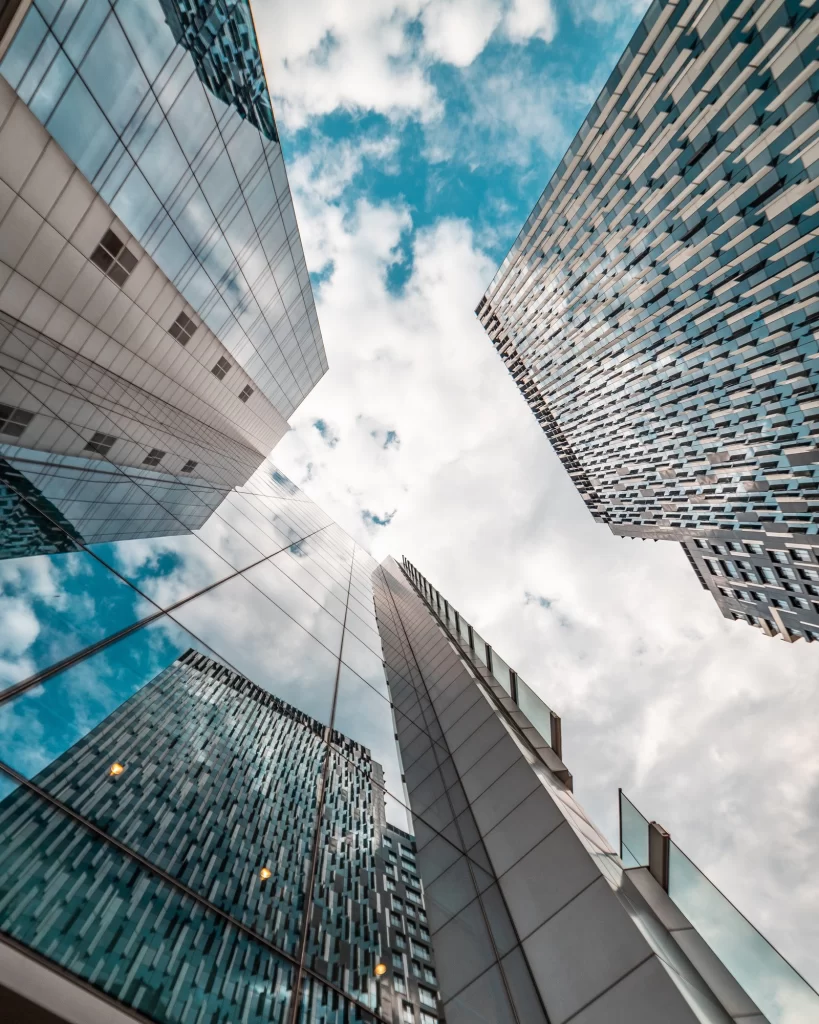
Another advantage of glass in sustainable building is its ability to be recycled. Glass is 100% recyclable and can be used again and again without losing its original properties. This means that it is an environmentally-friendly material that can be used to reduce the environmental impact of building construction. Furthermore, glass can also be used in combination with other materials, such as wood or steel, to create a more sustainable building.
In addition to its environmental benefits, glass is also a durable and long-lasting material that can withstand harsh weather conditions. Glass can be designed to be impact-resistant, which makes it an ideal material for use in high-traffic areas or areas that are exposed to the elements. This means that it can be used to create durable and long-lasting buildings that will require less maintenance over time.
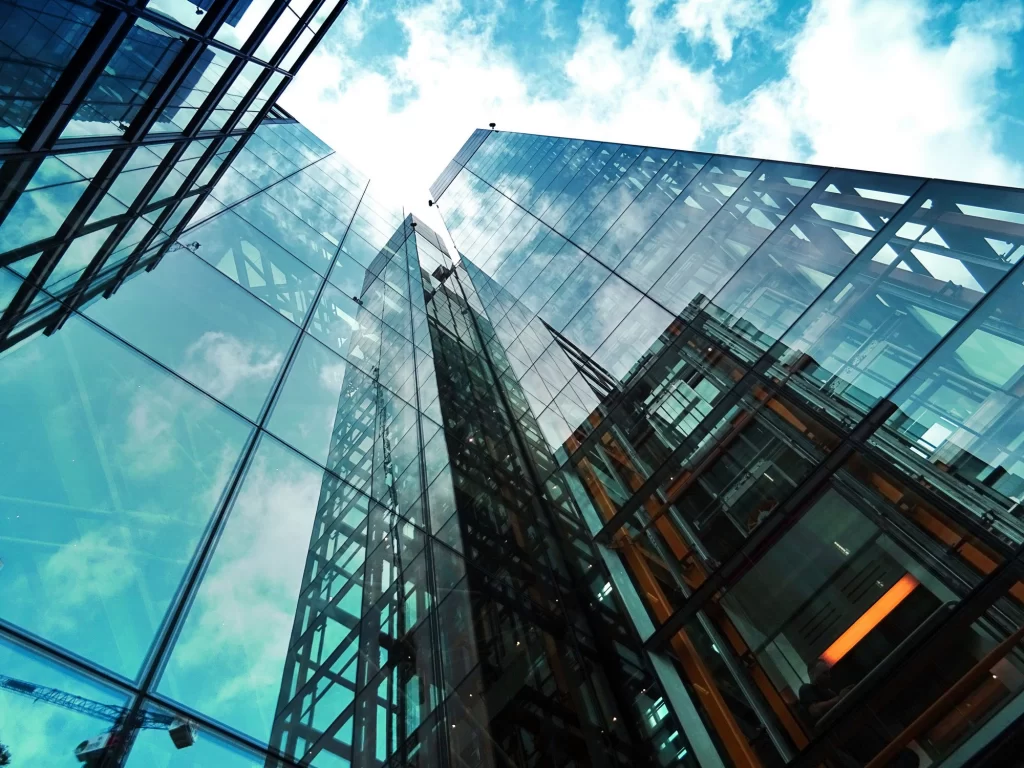
The use of glass in the AEC industry is also becoming more advanced, as new technologies are developed. For example, smart glass, also known as electrochromic glass, can be used to control the amount of light and heat that enters a building. This type of glass can be programmed to change its transparency depending on the amount of light and heat that is present, which can help to reduce energy consumption and improve the overall energy efficiency of a building.
Another example of advanced glass technology is the use of photovoltaic glass, which is a type of glass that can generate electricity from the sun. This type of glass can be used to create buildings that are self-sufficient in terms of energy, which is a significant step towards sustainable building.
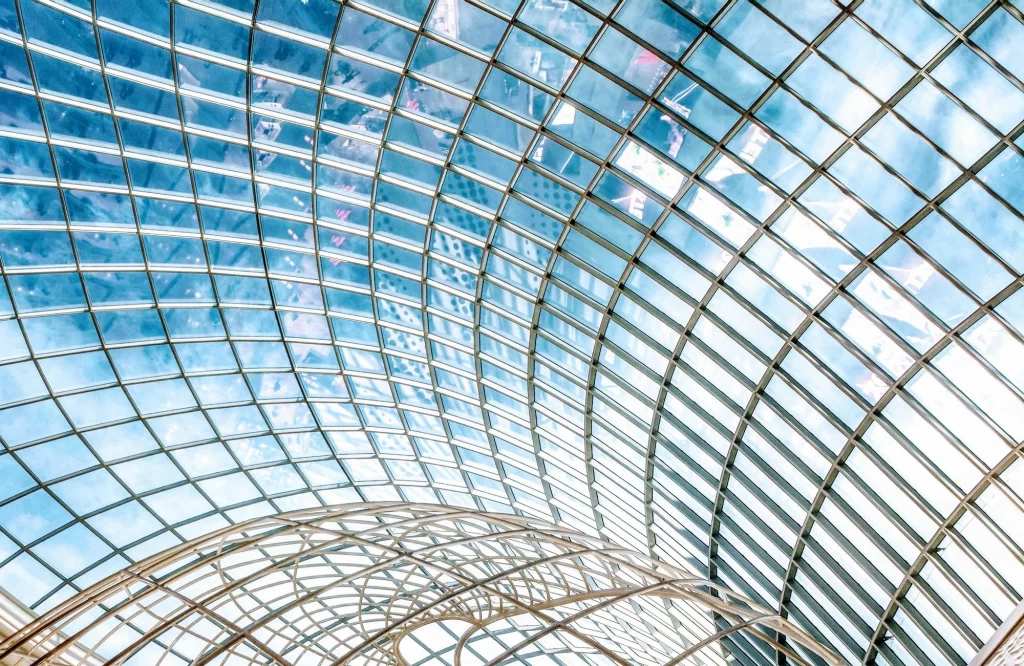
In conclusion, the future of glass in the AEC industry looks bright as it is increasingly being used as a material for sustainable building. Glass is a versatile material that has many advantages when it comes to sustainable building. It can be used to maximize natural light, which reduces the need for artificial lighting and results in energy savings. Glass is also 100% recyclable and can be used again and again without losing its original properties. Additionally, it is a durable and long-lasting material that can withstand harsh weather conditions, and it can be designed to be impact-resistant. Furthermore, with the advent of new technologies, glass can be designed to be more energy-efficient and self-sufficient in terms of energy. As a result, glass can play an important role in the future of sustainable building.


